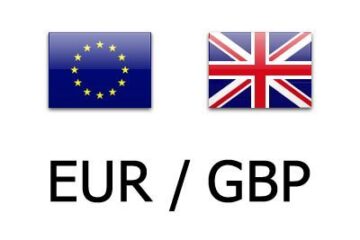Here’s a short guide on how to donate crypto while avoiding getting scammed.
Russia’s invasion of Ukraine has generated an outpouring of sympathy in the crypto community and beyond.
Many people want to help the Ukrainian people by sending them cryptocurrencies, but they come up against an obstacle: How to do it when the recipients are in a war zone? And especially: How to be sure that the crypto gets to the intended recipients and how to ensure that the recipients aren’t exposed to the authorities?
How to Send Crypto?
Digital currencies can be sent to anyone wherever they are, and in a flash. To send crypto, you must already have bought some. Here’s how to do that.
Keep your crypto in a secure crypto wallet.
This wallet in turn can be kept on an exchange platform such as Coinbase (COIN) , Crypto.com, Blockchain.com, Binance, Gemini, FTX US or Kraken. This is what’s called a hosted wallet.
You can also store your crypto in a self-custodial wallet or offline in a hardware wallet. That’s a physical device, about the size of a thumb drive, that stores the private keys to your crypto.
The keys ensure that only you have access to the crypto. But don’t — don’t — lose those keys. If you do, you’ll likely lose access to your crypto forever.
If you’re are a nonprofit aiming to raise crypto for the Ukrainian situation, you first have to set up certain rules and policies/procedures and make certain disclosures. There is usually some documentation involved. So best to contact an attorney who specializes in this space to create a nonprofit organization.
Sending cryptocurrency is “the same [as if] you wrote a check or if you wired money. … It’s just a different asset that you’re using,” said Chris Kline, co-founder and chief operating officer of crypto investment firm Bitcoin Ira.
How to Receive Crypto?
The crypto space is decentralized: Unlike traditional centralized finance, no central authority or intermediary can suspend or cancel a crypto transaction. So participants must be ultracareful.
The recipient must have a crypto wallet, which, again, can be kept on an exchange platform or offline. The recipient must provide the address of their crypto wallet to the sender, who will transfer the digital currencies to that address.
Kline recommends starting by sending a small amount to ensure that the address is correct and especially that the recipient is the right person.
“I always do this thing called a microtest,” Kline says. “It’s pretty common in this space. Where you’re giving me a wallet address, I’m putting it in, but there could be a human error.”
In a microtest, he says, “I’ll send you just a little bit [of crypto]. You confirm with me the details of the transaction, like what was received, what date and time, [and] the wire number.” Once that’s confirmed, “I can send you the full balance.”
What Can the Recipient Do?
The recipient then has alternatives. They can withdraw the cryptocurrency from their wallet and convert it to local currency via one of the cryptocurrency brokerages. Or they can spend the crypto directly at merchants that accept them in return for goods and services.
How to Ensure You’re Not Scammed?
If you are sending crypto to friends and family, verifying their identities isn’t an issue. They can set up crypto wallets and exchange crypto addresses with you.
But if you want to donate more broadly, experts recommend sending crypto through nonprofits on the ground, in this case Ukraine.
In turn, when you go through nonprofits and charitable groups, find prominent ones that have been vetted. This requires some research but will ensure that your donations get to people in need.
How to Ensure Recipients Stay Anonymous?
Keep in mind that in blockchain technology, transaction data — the amount of a transfer, the address of the crypto wallets — can be seen by anyone.
What remains anonymous is the identities of the senders and recipients. At the same time, that anonymity isn’t guaranteed. Experts say that by carefully investigating cryptocurrency addresses, the identities of the participants can eventually be determined.
Law enforcement does have visibility into cryptocurrency, but the tools that they have are best suited for targeting high-value targets. So in a situation where large numbers of protesters and refugees are using crypto to move wealth in small amounts, people’s identities become more difficult to track.


